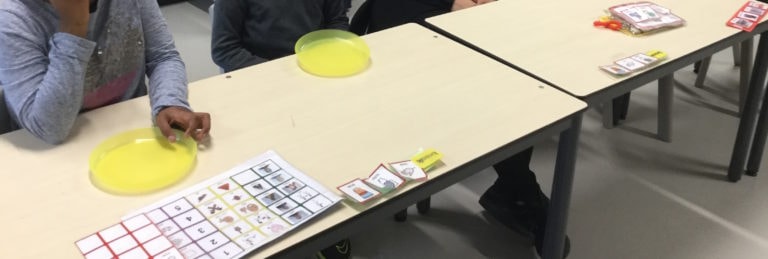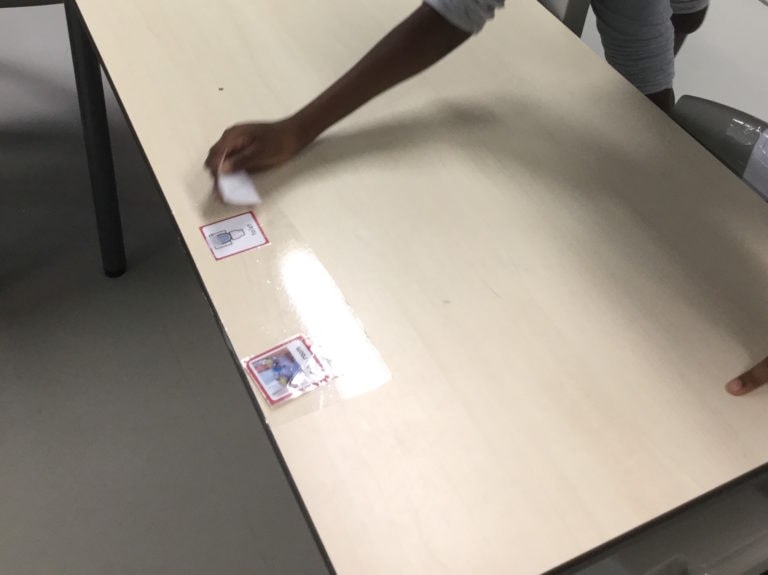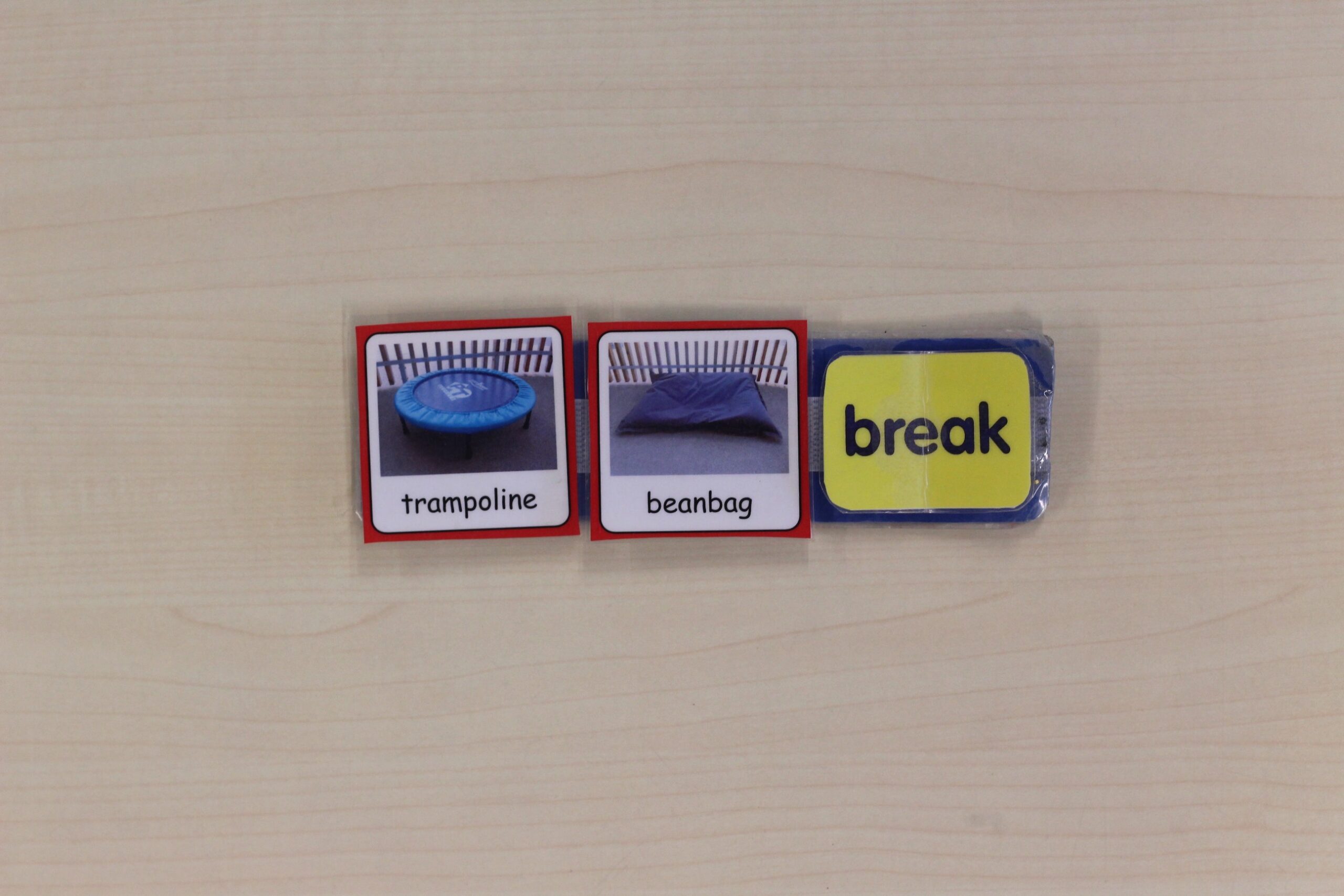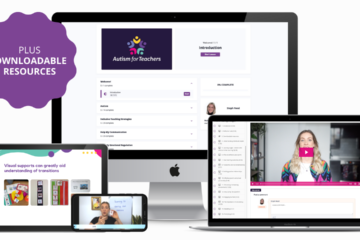Table of Contents
Emotional regulation
If a child is experiencing any of the above and they do not have a functional way of communicating it, learning is very unlikely to take place and there is a high potential for challenging behaviour to occur.
A child must be regulated in order for any learning to take place
It is important that we provide supports in order to teach/ give the children the tools to communicate these needs. Every child is different and will require very individual supports. I have found that if I put detachable visual supports that are tailored to meet individuals needs directly on the table where the child will be sitting, the supports will therefore be in eye view of the child both giving a visual prompt/ reminder as well as being close enough to use as a communication tool (by either pointing at/ within reach to give to an adult/ encourage a child to verbally ask). The photo below shows some examples of visual supports on the tables in my classroom.
Another pupil is currently learning to use symbols to request, as well as learning to use the toilet. Having one clear ‘toilet’ symbol on her table enables a supporting adult to prompt her to go the toilet by showing her the symbol. After a month or so of prompting, she began to request the toilet herself by taking this symbol. I must say here, that was after weeks and weeks of her throwing the symbol off the table!! But it was just placed back on the table (quietly and calmly) and after a while she became used to the symbol being there.

These visual supports help this particular child to communicate and emotionally regulate during lessons and throughout the day.

Other pupils in the class with increasing verbal language have ‘core vocabulary boards’ on their table to support the teaching of core vocabulary and also to encourage the child to form verbal sentences.
As you can see, the examples above are very personalised as each child has their own needs and requirements. Other important factors to consider are:
- ensure there is not too much visual information in the child’s eye view. This can be distracting and therefore prevent the purpose.
- ensure the symbol/ picture/ photo/ object is clear, specific and meaningful to the child. There is no point in using a photo of a drink with other objects/people in the photo if you just want it to mean ‘drink’.
- our pupils abilities and needs are forever changing and therefore the supports we provide should reflect this. The supports should be carefully observed in order to see if they are benefiting and enabling the child and adapted as and when required.
- The aim is to ensure the child is emotionally regulated and ready to learn. Remember- a child will not learn if they are not regulated so this area should be an important focus.
Read more about emotional regulation in my blog post Emotional regulation: Teaching autistic children to recognise and respond to their emotion



